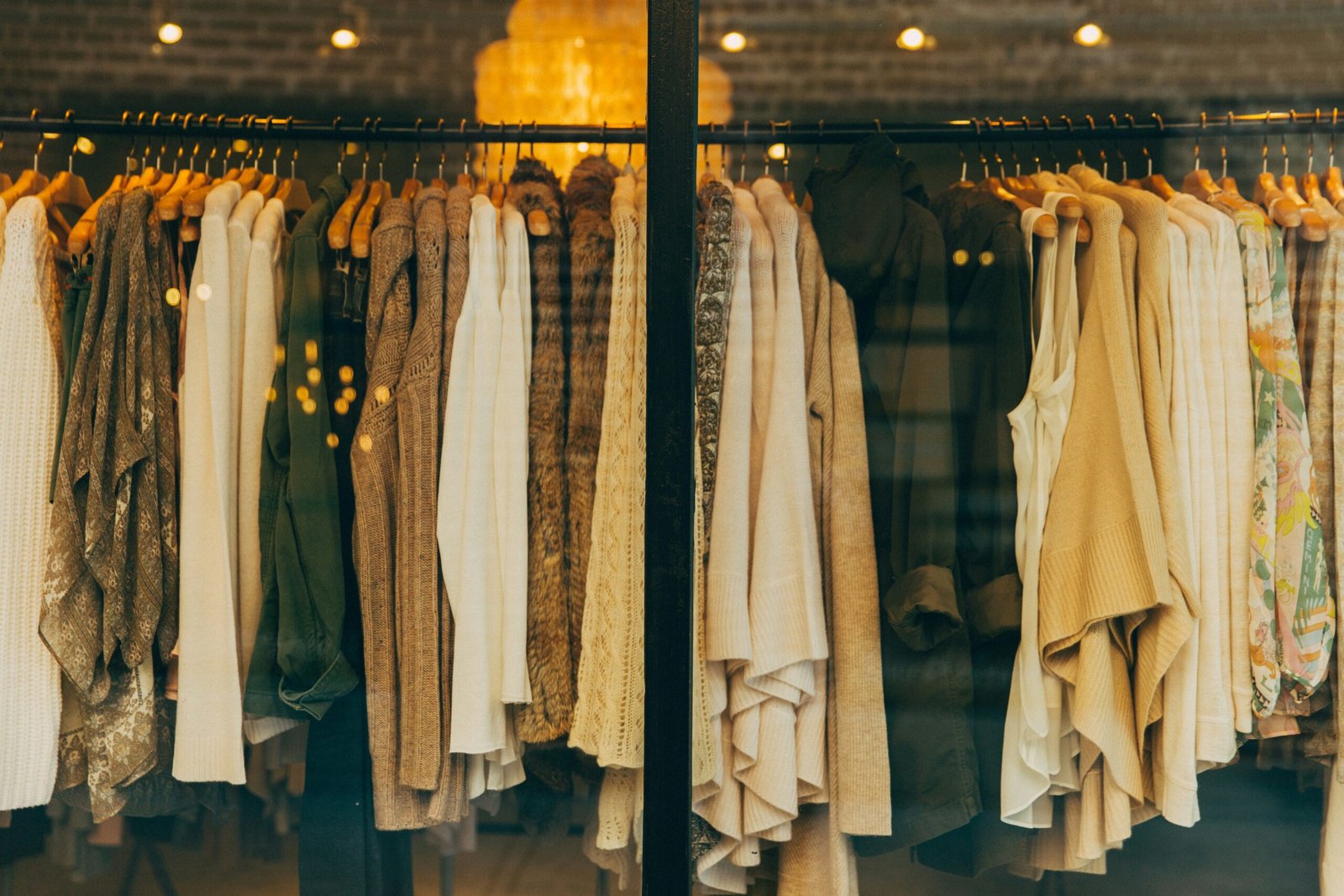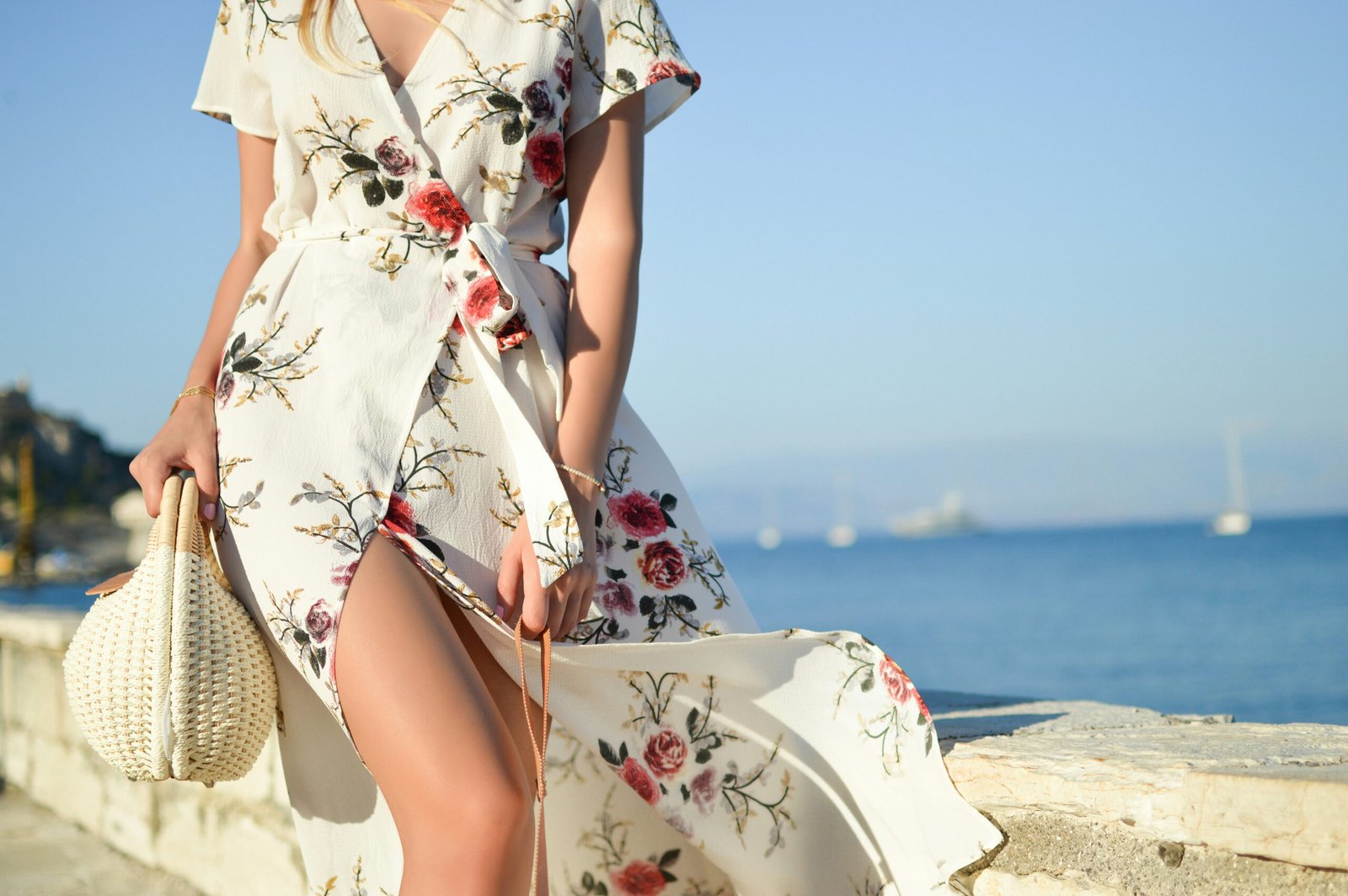Introduction
The world of fashion is a captivating realm filled with creativity, innovation, and endless inspiration. While the final products showcased on runways and in stores may steal the spotlight, there’s an intricate process that unfolds behind the scenes to bring these designs to life. In this blog post, we’ll uncover the fascinating world behind the seams, offering insider insights into the fashion industry and the design process. From concept to creation, join us on a journey through the creative minds and meticulous craftsmanship that shape the clothes we love to wear.
Creative Visionaries: At the heart of every fashion collection is a creative visionary—a designer who dreams up the concepts and brings them to life through sketches, mood boards, and fabric swatches.
These visionaries draw inspiration from a myriad of sources, including art, culture, history, and current events, to create designs that resonate with their audience and capture the essence of their brand. Whether it’s a couture gown or a streetwear-inspired ensemble, the designer’s vision sets the tone for the entire collection.
The Design Process: Once the creative vision is established, the design process begins in earnest. Designers work closely with patternmakers, sample makers, and artisans to transform their ideas into tangible garments. This process involves selecting fabrics, refining patterns, and perfecting details such as seams, stitching, and embellishments. Each garment undergoes multiple iterations and fittings to ensure the perfect fit and silhouette, with meticulous attention paid to every aspect of construction and craftsmanship.
Materials and Fabrication: The choice of materials plays a crucial role in the design process, influencing the look, feel, and drape of the final garment. Designers carefully select fabrics that complement their designs, considering factors such as texture, color, weight, and sustainability.
From luxurious silks and sumptuous velvets to innovative eco-friendly materials, the options are endless, allowing designers to create garments that are both aesthetically pleasing and ethically responsible.
Handcrafted Techniques: In an age of mass production and fast fashion, handcrafted techniques add a touch of artistry and authenticity to fashion collections. From intricate embroidery and hand-beading to delicate lacework and couture-level tailoring, these techniques require skill, patience, and attention to detail.
Artisans and craftspeople bring centuries-old traditions to life, infusing each garment with a sense of heritage and craftsmanship that sets it apart from mass-produced alternatives.
Collaborations and Partnerships: Collaboration is a cornerstone of the fashion industry, with designers often teaming up with artists, photographers, musicians, and other creatives to bring their vision to life in new and unexpected ways.
These collaborations result in unique collections that blend different perspectives and disciplines, pushing the boundaries of fashion and inspiring new trends and movements. From high-profile designer collaborations to grassroots partnerships with local artisans, collaborations enrich the creative landscape of the fashion industry and foster innovation and experimentation.
Conclusion
Behind every exquisite garment lies a world of creativity, craftsmanship, and collaboration. From the initial spark of inspiration to the final stitch, the fashion industry is a vibrant tapestry of talent and dedication. By gaining insight into the inner workings of the fashion industry and the design process, we deepen our appreciation for the artistry and innovation that shape the clothes we wear. So the next time you slip into your favorite dress or jacket, take a moment to appreciate the journey behind the seams and the stories woven into every thread.



